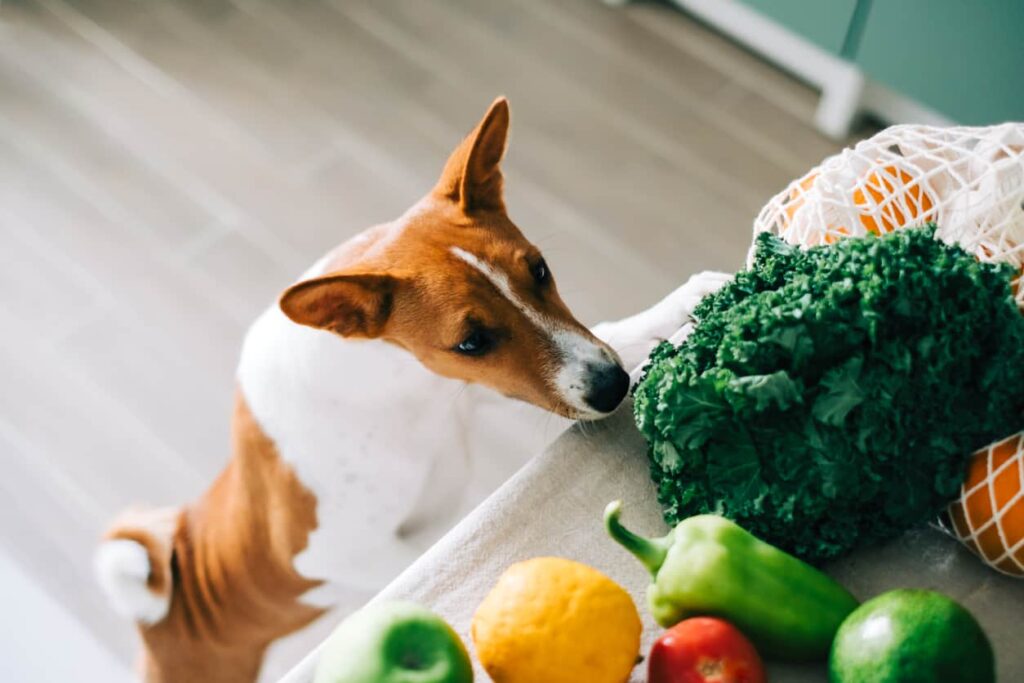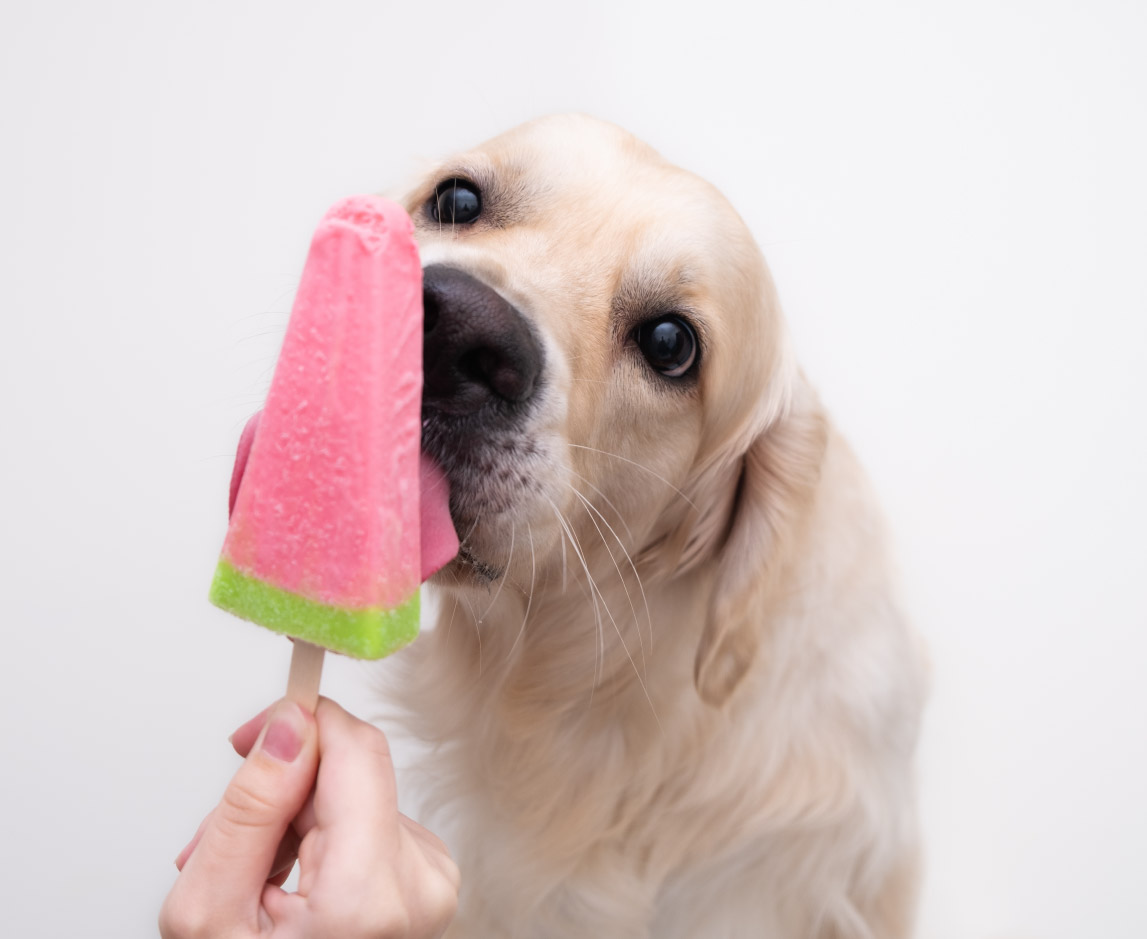Most people are aware of the benefits of incorporating fruits and vegetables into the human diet. Likewise, dogs can also greatly benefit from eating fruits and vegetables to add moisture and/or additional nutrients. Fruits and vegetables can be given to dogs daily or a few times a week but should not make up more than 10-20% of the overall diet. Omnivorous organisms — including dogs, humans, bears, birds and certain insects — derive energy from both plant and animal food sources. It’s important to start slow when introducing fruits or vegetables to your dog’s diet and to watch for signs of GI discomfort. This post will cover some of the do’s and don’ts when determining what fruits and/or vegetables to feed your dog.
What Vegetables Can Dogs Eat?
This will depend on a few factors like dog breed, size and medical history. You will find that, like humans, preference plays a role as well. If you’ve ever had a dog steal a head of lettuce or broccoli from a table only to find it uneaten in a corner, you’ve seen evidence of this.
Common vegetables that dogs can eat include:
- Bell peppers
- Broccoli
- Brussels sprouts
- Carrots
- Celery
- Cucumber
- Green beans
- Lettuce
- Peas
- Spinach
What Vegetables Cant Dogs Eat?
Although dogs can tolerate most vegetables, onions, garlic, and chives can be harmful when consumed in large amounts, causing circulatory or GI issues like diarrhea, stomach pain and/or nausea. Store-bought mushrooms are safe for dogs when cooked, but all wild mushrooms should be avoided as they may be toxic.
How to Incorporate Vegetables in Your Dogs Diet
If you’re feeding your dog a complete and balanced diet, your pet should be receiving the appropriate level of nutrients. Most dogs do not chew and cannot digest large chunks of vegetables or fruit as they lack sufficient enzymes to do so. For optimal nutrient absorption veggies should be blended or very finely chopped (like in a food processor).
Remember, any changes in diet should be made incrementally and gradually. You should always consult a nutrition-focused veterinarian or animal nutritionist before changing your dog’s diet, or if you think your dog doesn’t currently have a balanced and nutritious diet.
What Fruits Can Dogs Eat?
Like vegetables, fruits tend to contain a lot of water and fiber, and most are generally beneficial as hydration or fiber sources for dogs. While most dogs maintain proper hydration levels by drinking water, additional moisture from fruit can be helpful, especially in the warmer months.
Fruits that are safe for dogs include:
- Apple
- Banana
- Berries
- Cantaloupe
- Cranberries
- Mango
- Oranges
- Peaches
- Pears
- Pineapple
- Watermelon (avoid seeds and rind)
What Fruits Cant Dogs Eat?
Although your canine companion may gobble up any fruit given to them, not all fruits are good or even safe for dogs. Grapes, raisins, cherries and currants can be toxic and potentially cause kidney failure — thus, they should be avoided.
How to Incorporate Fruit in Your Dogs Diet
Like the addition of vegetables to your dog’s diet, you should incorporate fruit in small portions. Always make sure to remove seeds, thick skins or peels to reduce the chances of choking. Many dogs prefer smaller fruits frozen, which make for great treats on warm days! In general, treats (including fruit) should make up no more than 10% of a dog’s diet.
Can Dogs Eat Fruit Snacks?
Short, medium and long answer: NO! Fruit snacks, or any packaged, commercially available “fruit” product often contain large amounts of sugar and no natural fiber of unprocessed fruits. Although fruit snacks are not necessarily toxic, they should stay out of your dog’s reach.
What Other Foods are Not Safe for Dogs?
There are many other foods that dogs’ GI systems can’t tolerate. You should never give alcohol or caffeine to a dog. Artificial sweeteners, mainly xylitol, can also be very harmful for dogs to consume. Canned fruit is not safe for dogs since it typically contains a lot of added sugar. An allergy panel is the most accurate way to detect sensitivities and elimination diets are useful for identifying intolerances.
Fruit and Vegetable Chart
| Fruits* | Vegetables | |
| Safe For Dogs |
|
|
| Dangerous for Dogs |
|
|
* You should avoid giving dogs any seeds, peels, pits and cores.
FAQs - Feeding Your Dog Fruits and Vegetables
Q: Can dogs eat bananas?
Yes, but they should not be given the peels, as they can be hard to digest and can cause intestinal blockages.
Q: Can dogs eat apples?
Yes, the entire apple other than the seeds and core can be eaten.
Q: Can dogs eat oranges?
Yes, but since they are high in sugar, it’s best to limit orange intake. Overweight or diabetic dogs should not eat oranges as it will spike their blood sugar.
Q: How much produce is too much?
When feeding dogs, it is always best to adhere to the 10% rule: Whether it is a fruit, vegetable or treat, always keep supplemental feeding at less than 10% of a dog’s total caloric intake.
Q: What is the best way to prepare fruits or vegetables for my dog?
While we at RAWZ appreciate the benefits of minimally processed ingredients, fruits and vegetables can present choking hazards when offered to your dog as is. Consider blending or finely chopping fruits and vegetables for ideal nutrient absorption. There are some veggies that don’t need to be chopped, like carrots, that make a great chewy treat.
Always make sure to remove any pits, indigestible peels or skins from the food item before giving it to your dog. You should also wash all fresh produce before serving. In warmer weather, fruits and vegetables can be great frozen treats for our four-legged friends!
Q: What do I do if my dog ate something dangerous?
If your dog ate something dangerous or toxic, you should immediately call your vet or the ASPCA Animal Poison Control Center Number.






